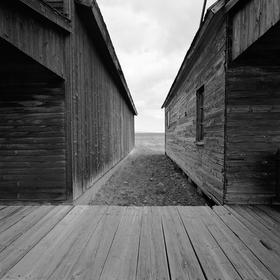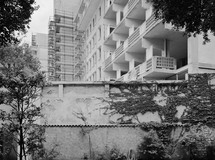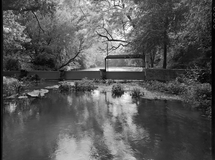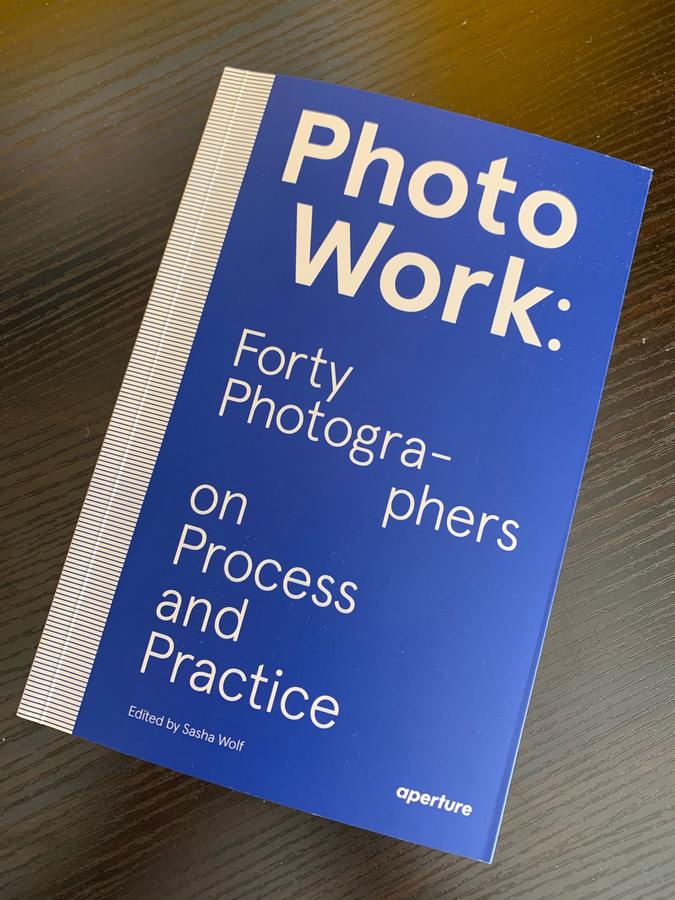
I invite you to join me on a new project. Several years ago Sasha Wolf edited a book put out for Aperture called: PhotoWork: Forty Photographers on Process and Practice. She sent out a questionnaire with 12 questions to photographers, some of whom I've heard of and seen their work and some I have not. I was not invited to be a part of this project.
Many names you'll recognize: Robert Adams, Dawoud Bay, Lois Conner, Todd Hido, Abe Morell, Alec Soth.
But what a great idea! To provide access to photographers' methodologies and practices. It is a wonderful book and I am grateful to Aperture and to Ms. Wolf for bringing it to us.
But I got to thinking: what if I had been asked to reply to the same questions? And, perhaps as a model for you, what if you were asked to do the same?
That's just what I am going to do. It may take me a few posts but I am going to reply to the same twelve questions she asked for her book.
Here goes:
1. What comes first for you: the idea for a project or individual photographs that suggest a concept?
I don't know that formulating a project and then executing that idea is a good way for me to work. Although I have cooked up ideas for things to photograph and then gone out to realize the idea the project has never come out as planned. Mostly I like to react to surroundings and make it up as I go along.
2. What are the key elements that must be present for you when you are creating a body of work?
The quality of light stands out for me; contrast, quantity, color but also, as I photograph outdoors, what air I am looking through as I make a picture of something: the atmosphere. After all, it is the light that allows me to make the picture. But equally important is my own frame of mind. This feels almost like collusion, between "it" and "me". One of my core beliefs is if I can just see it, then whatever I am in front of with a camera can become a series.
3. Is the idea of a body of work important to you? How does it function in relation to making a great individual photograph?
Much of my work is made in series and time plays a large role as I use the sequence to make work that is a narrative. So, yes, the work is made conceptually to tell a story.
4. Do you have what you might call a "photographic style"?
This isn't so conscious and I am not driven by a perceived reaction to my work. My approach is internal and, if I look back at decades of work, I can see some consistency in design.
5. Where would you say your style falls on a continuum between completely intuitive and intellectually formulated?
I need both. I can't just make my work with just how I feel as I need intellect to research, to figure out a path, to find a precedent, to refine and improve my projects before they are complete.
6. Assuming you now shoot in what you would consider your natural voice, have you ever wished your voice was different?
This is like asking someone if they'd like to be someone else. I do know I can't emulate or approach content with another sensibility. This is means I must self respect as I know what I can do, what I can contribute and that to try to do what someone else does will never work for me.
Let's stop here for the first post. Stay tuned for Part 2.
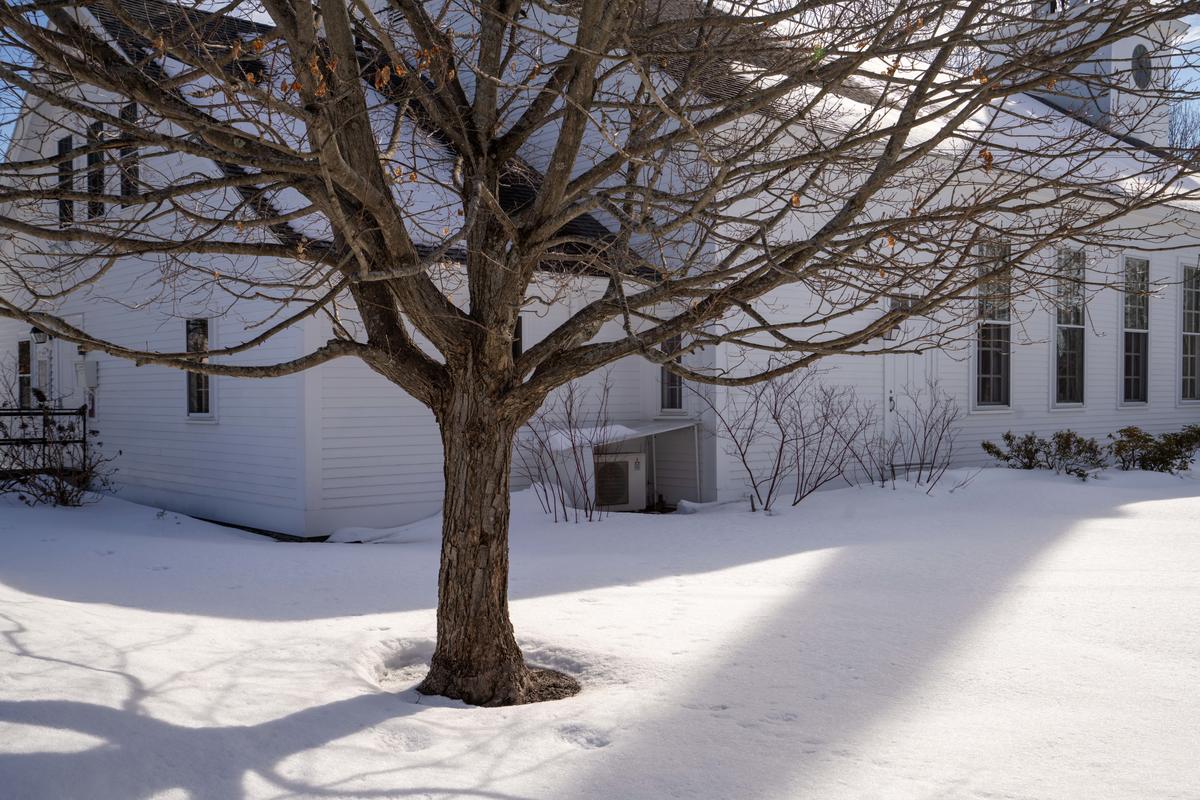
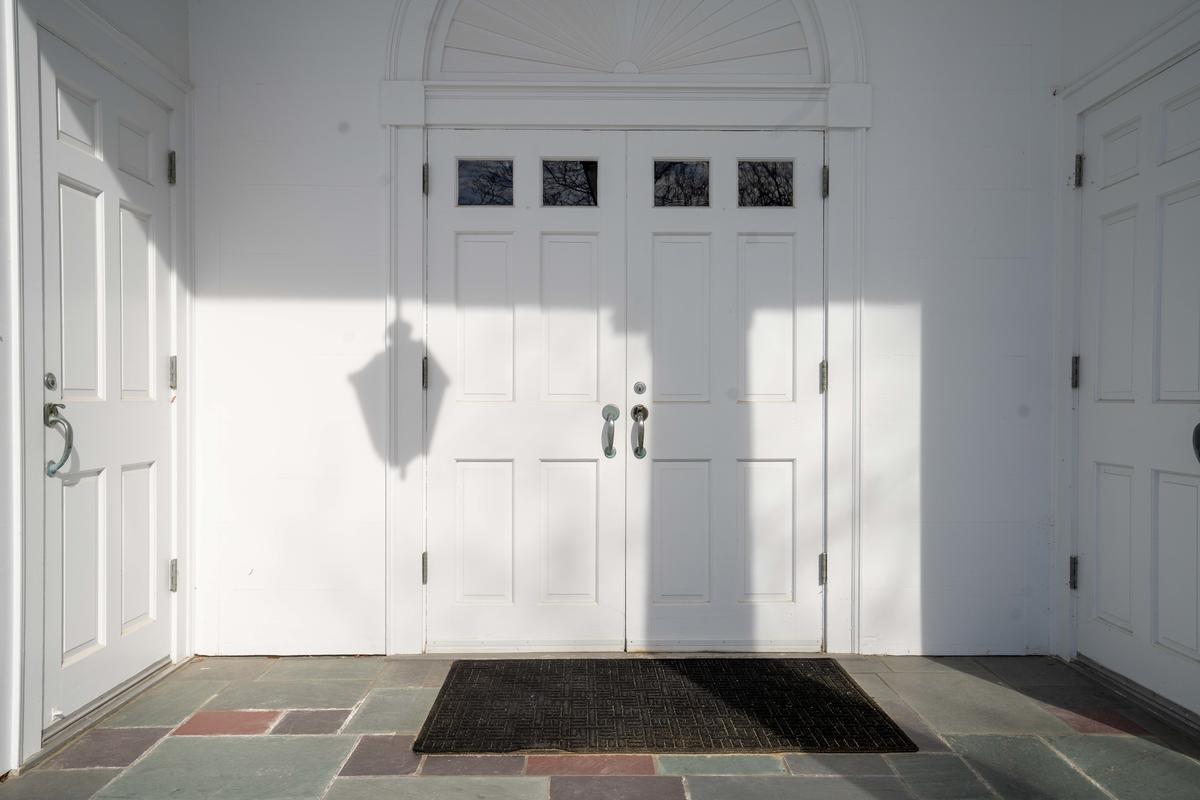
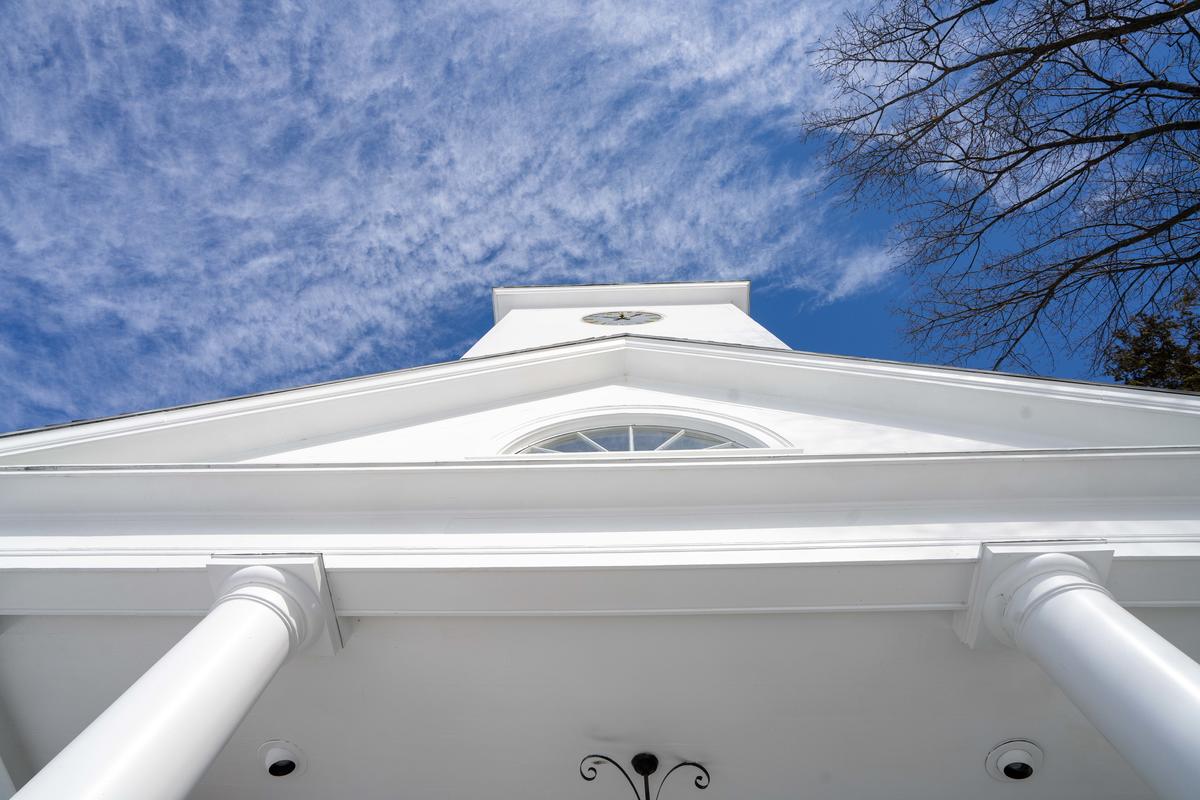
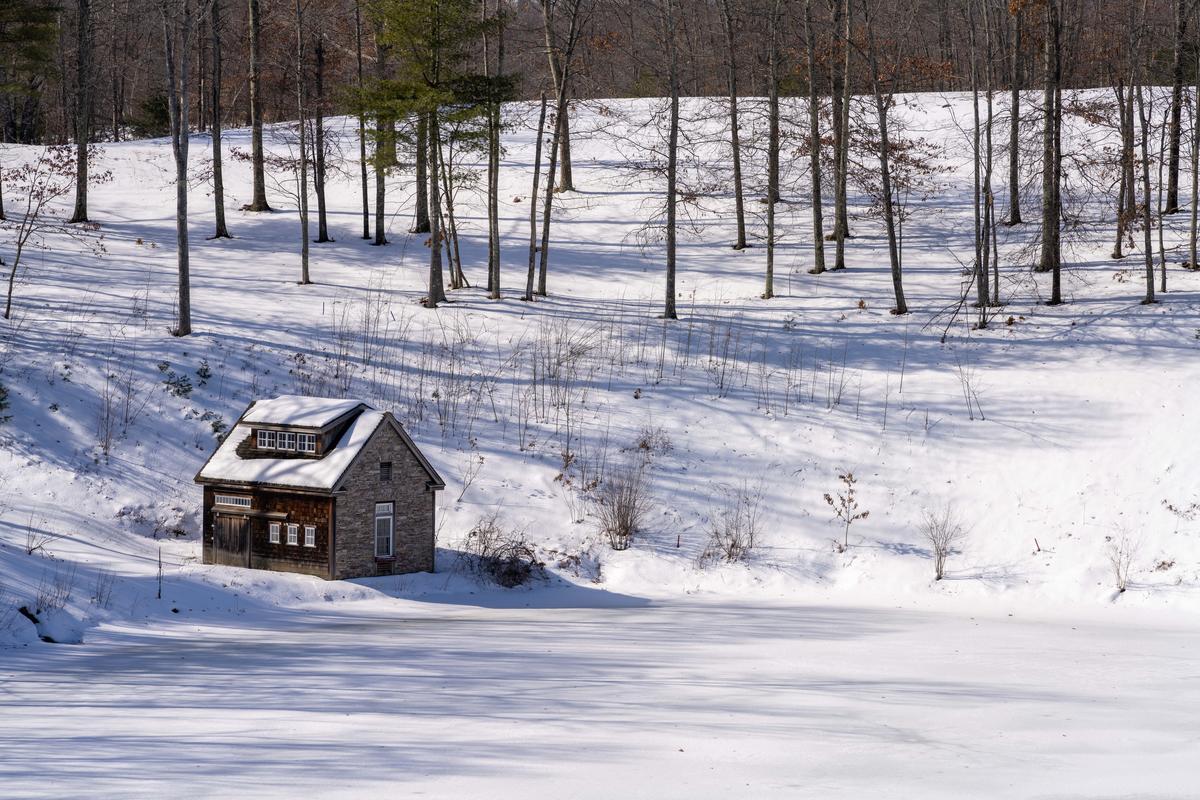
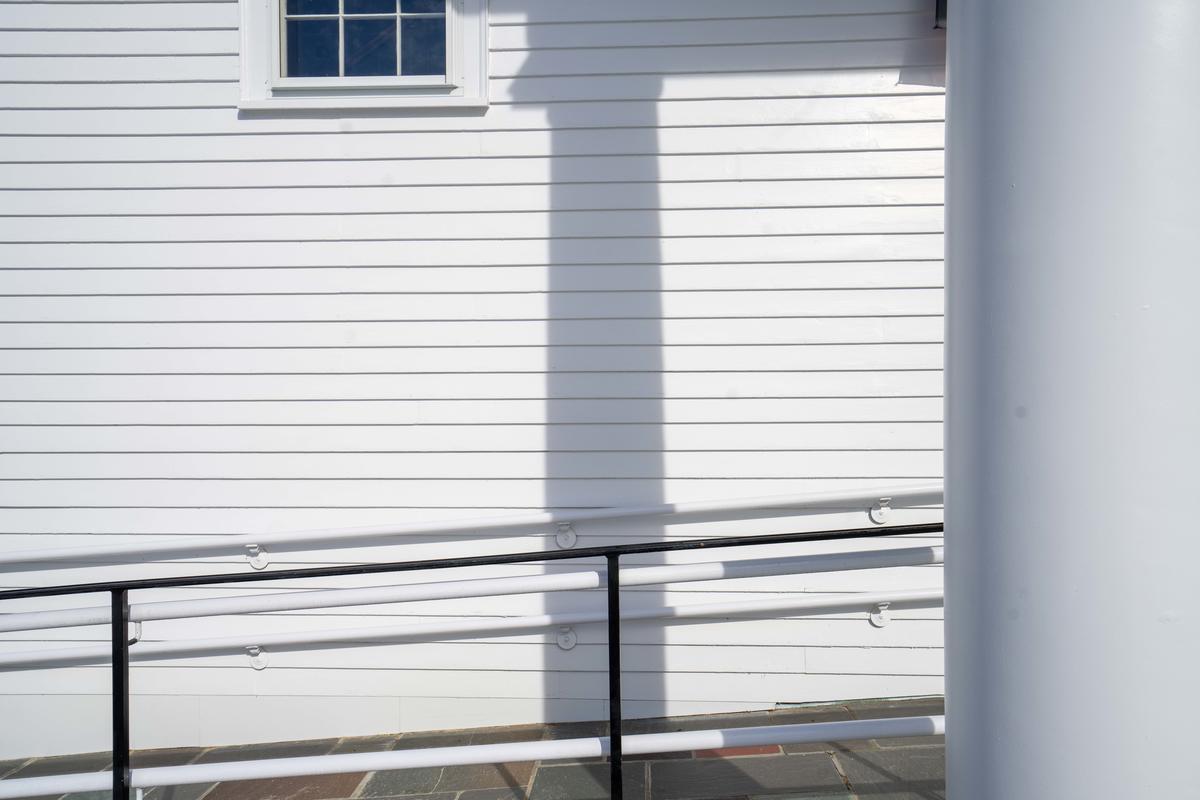

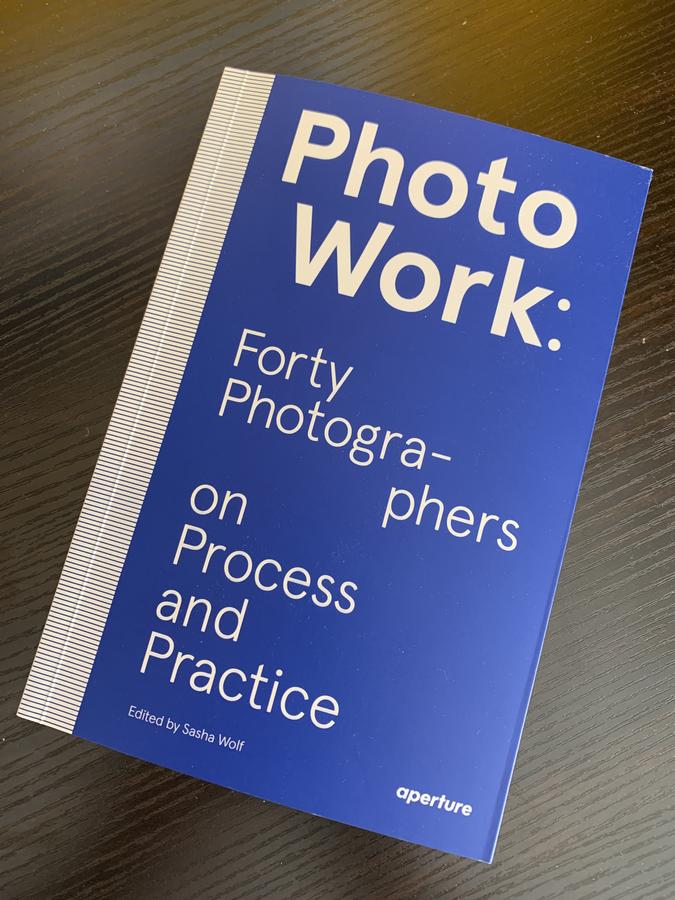
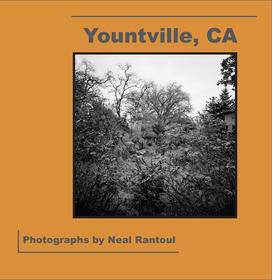
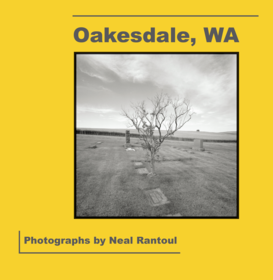
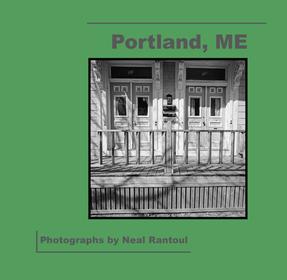


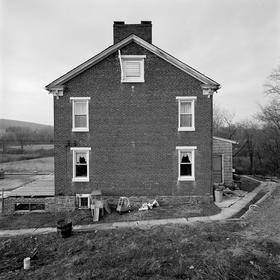
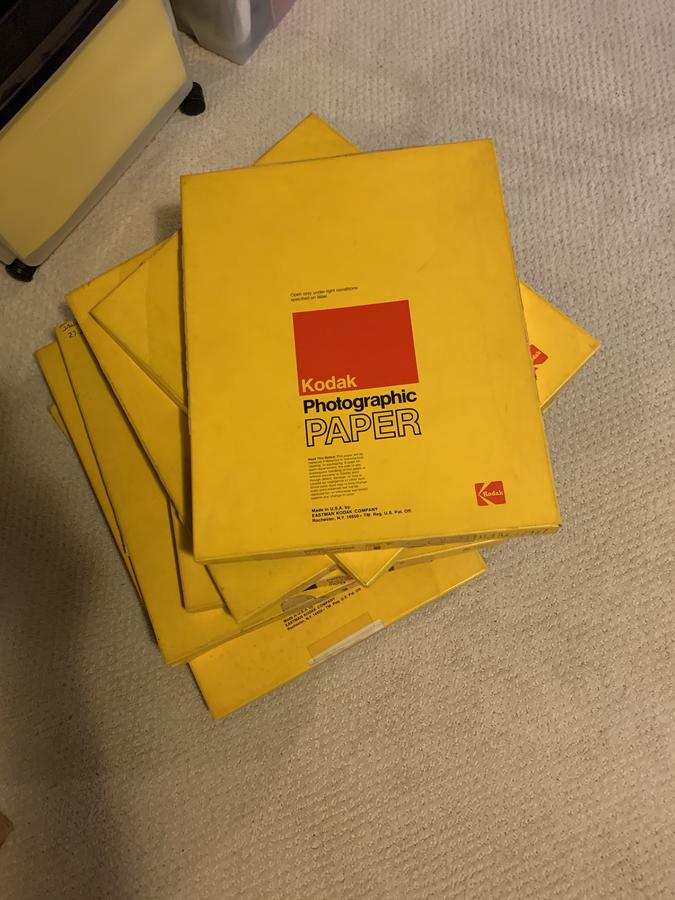
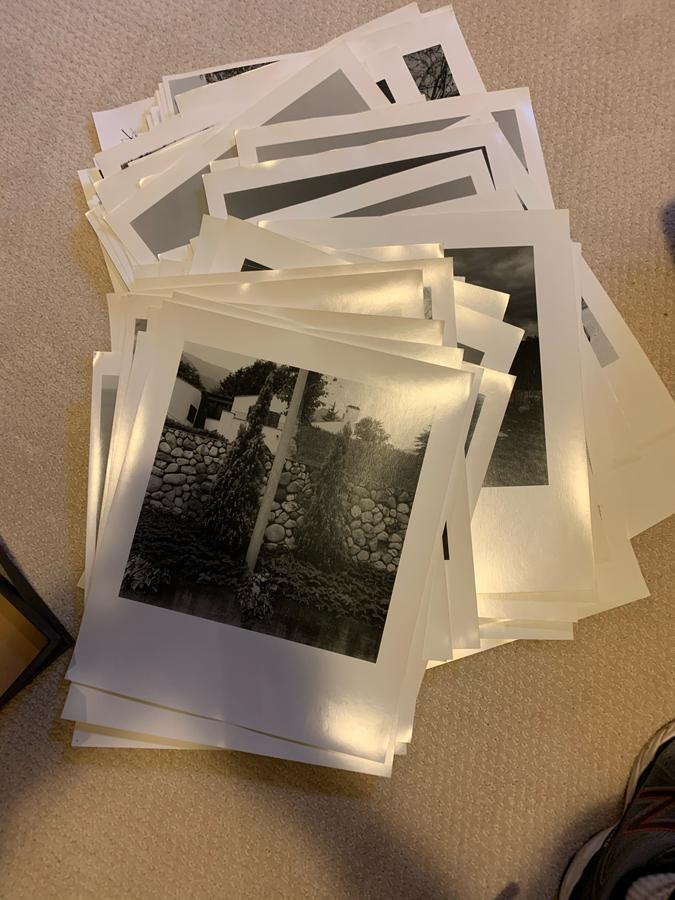
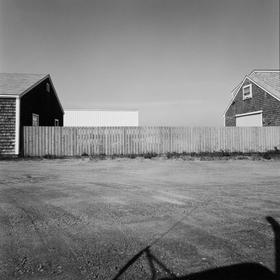
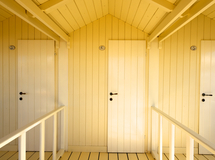

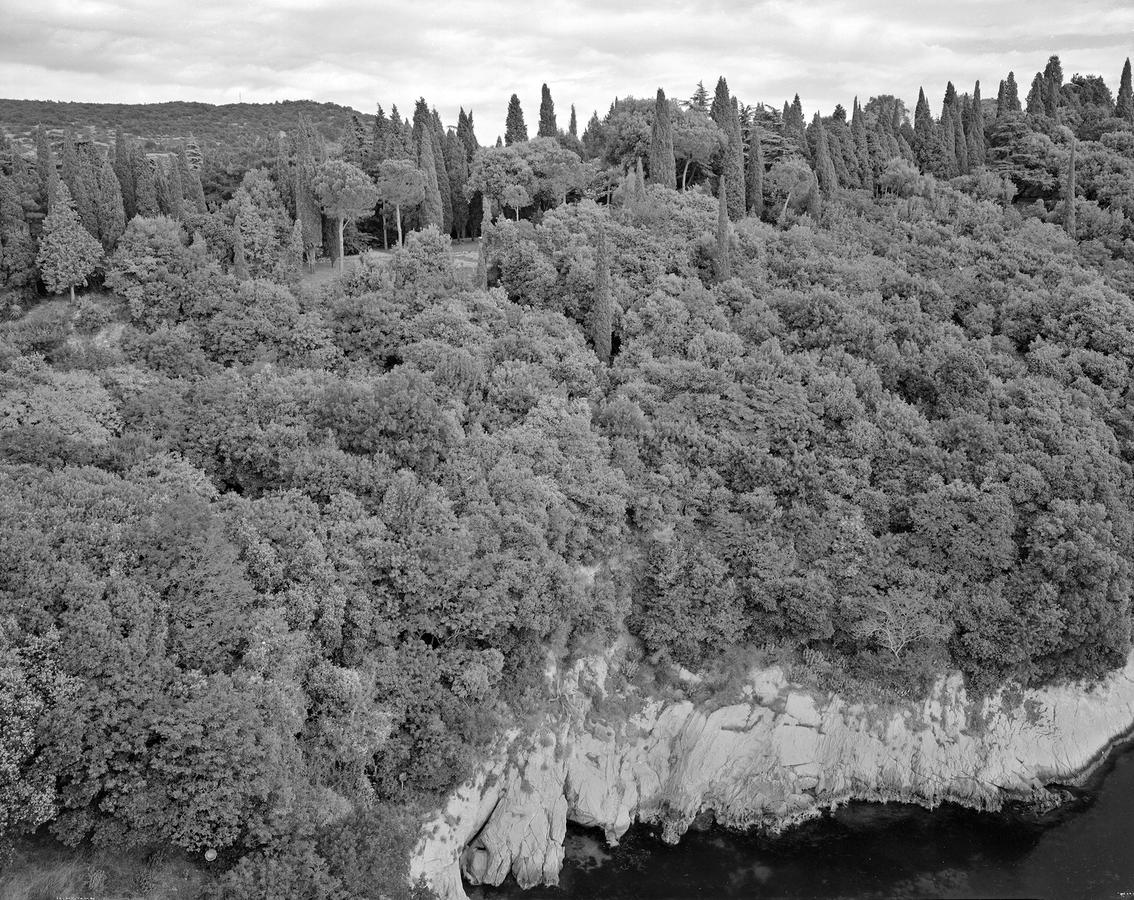 Duino, Italy 1990. From an 8 x 10 negative, print: 40 x 30 inches ©Neal Rantoul
Duino, Italy 1990. From an 8 x 10 negative, print: 40 x 30 inches ©Neal Rantoul